Links between biogeochemical cycles of metals and living organisms
Improving our knowledge of the metal cycle in contrasting environments of the world ocean is absolutely necessary for a better understanding of the oceanic biogeochemical cycles of major elements (C, Si, N, S) and the biological carbon pump. LEMAR is internationally recognised in this field, in particular through our strong involvement in the GEOTRACES programme. We combine observations, field or laboratory experiments and modelling. Our originality lies in the combined study of the dissolved and particulate phases, as well as their speciation (redox and organic), in order to better understand the interactions between these two reservoirs, which are fundamental in the metal cycle and yet are still little studied. Our expertise also includes the study of interactions between the metal cycle and plankton, by linking metal speciation to the bioavailability of micronutrients for marine plankton (phytoplankton and bacteria). The integration of omics tools (functional genomics, transcriptomics, etc.) into this theme is currently essential to further investigate the link between biogeochemical cycles of metals and interactions with living organisms. These explorations will continue to be carried out, both during oceanographic missions and in laboratory studies, notably thanks to our numerous international collaborations and our involvement in the future international programme BioGeoSCAPES (‘Ocean metabolism and nutrient cycles on a changing planet’). The strong international momentum of the GEOTRACES programme and the forthcoming BioGeoSCAPES programme now allows us to build and meet the challenge of integrated microbial biogeochemistry projects that require international coordination with a multidisciplinary approach.

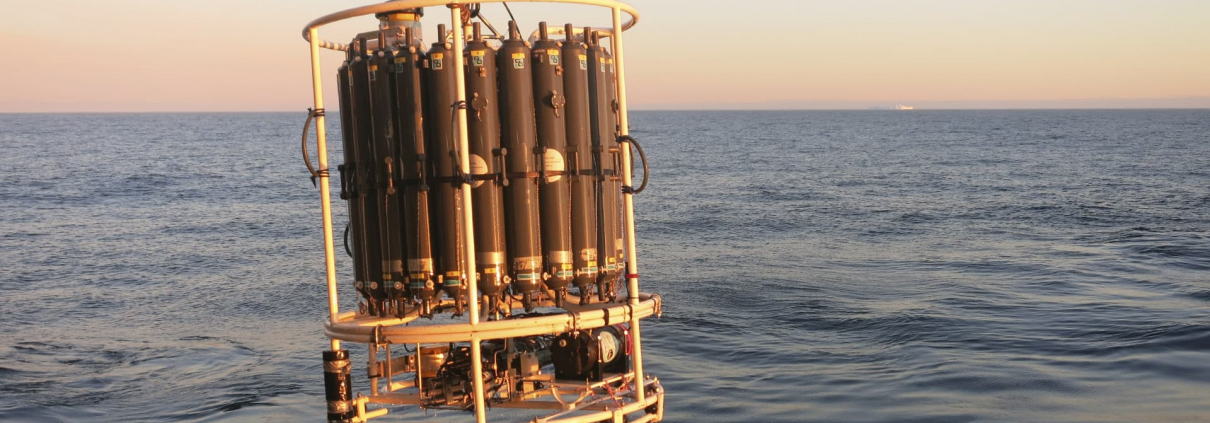
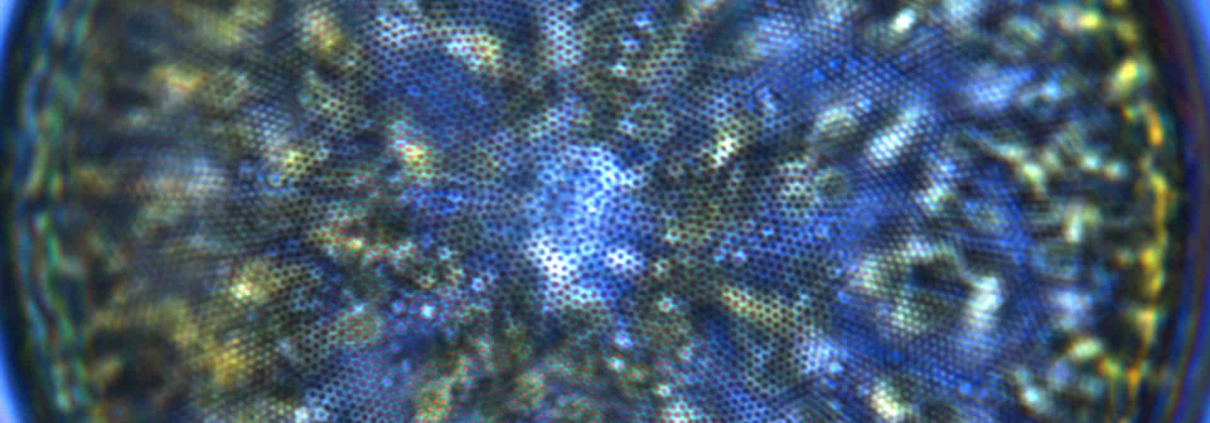
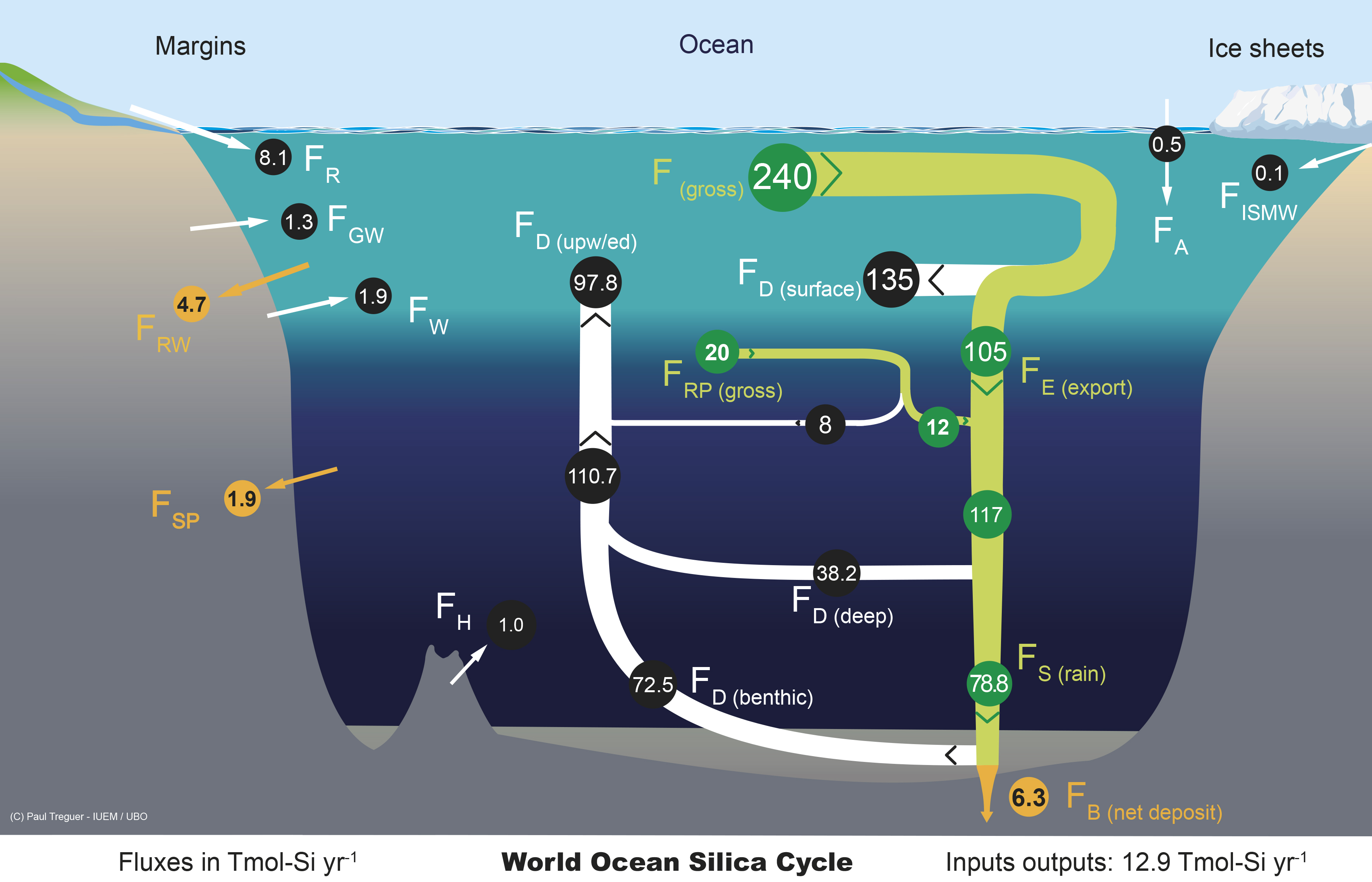
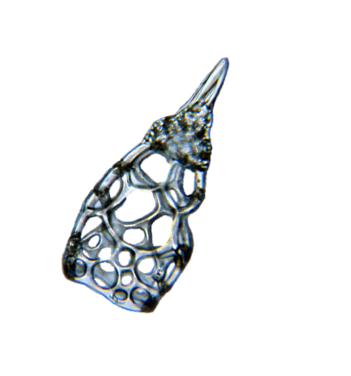
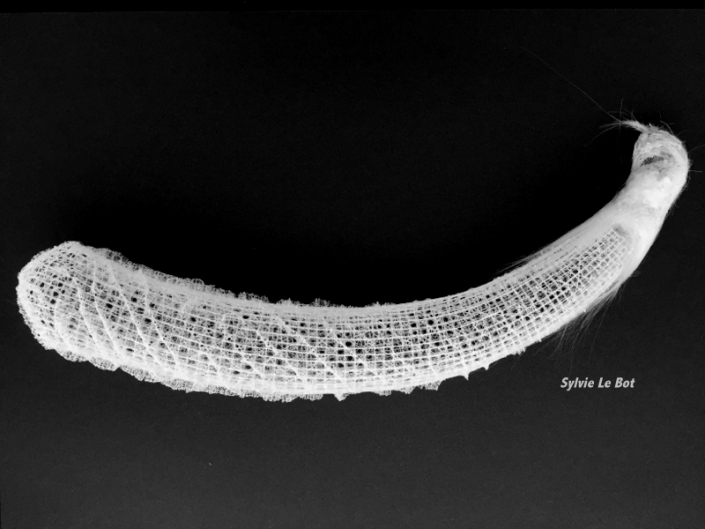

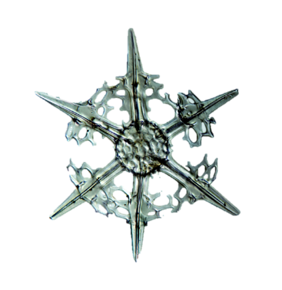
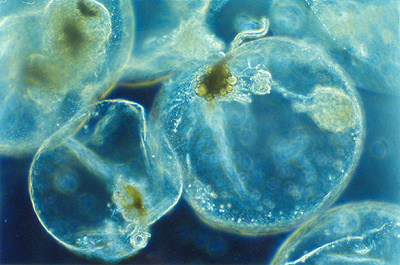 http://planktonnet.awi.de (provided under a Creative Commons Attribution 3.0 License)
http://planktonnet.awi.de (provided under a Creative Commons Attribution 3.0 License)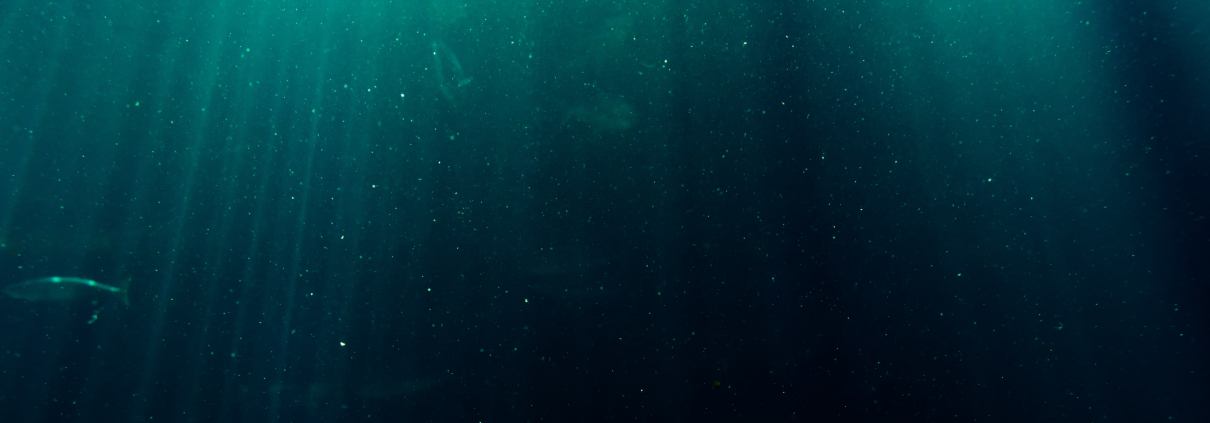 Source: https://www.pexels.com/
Source: https://www.pexels.com/


